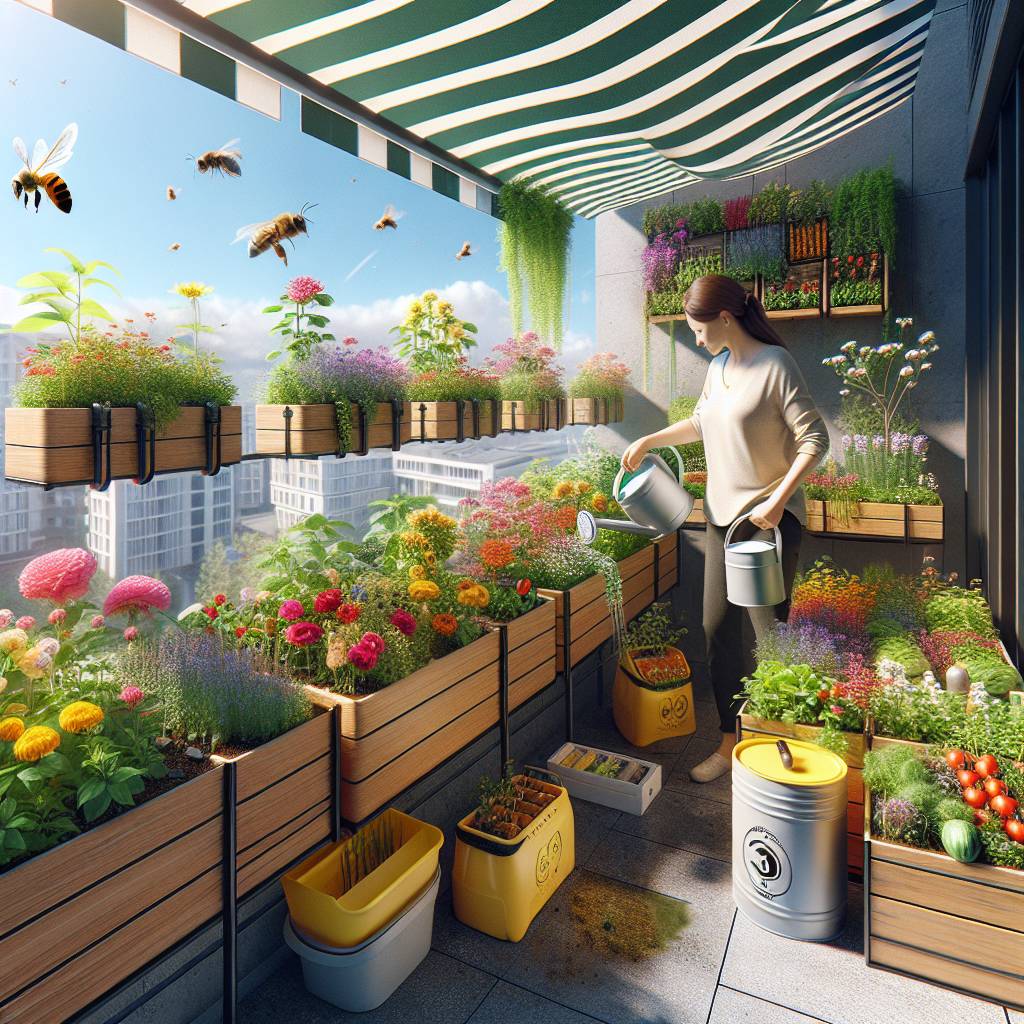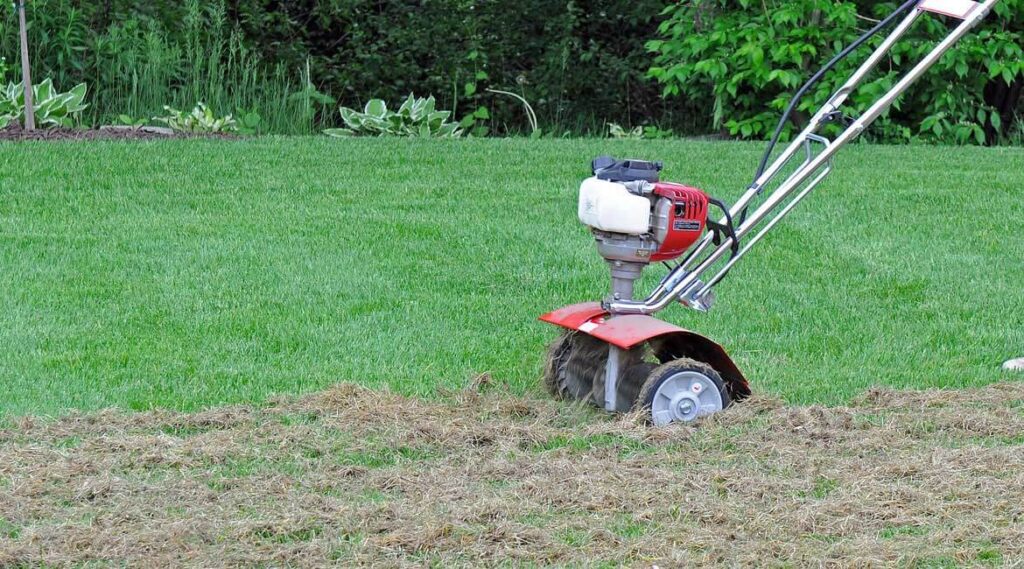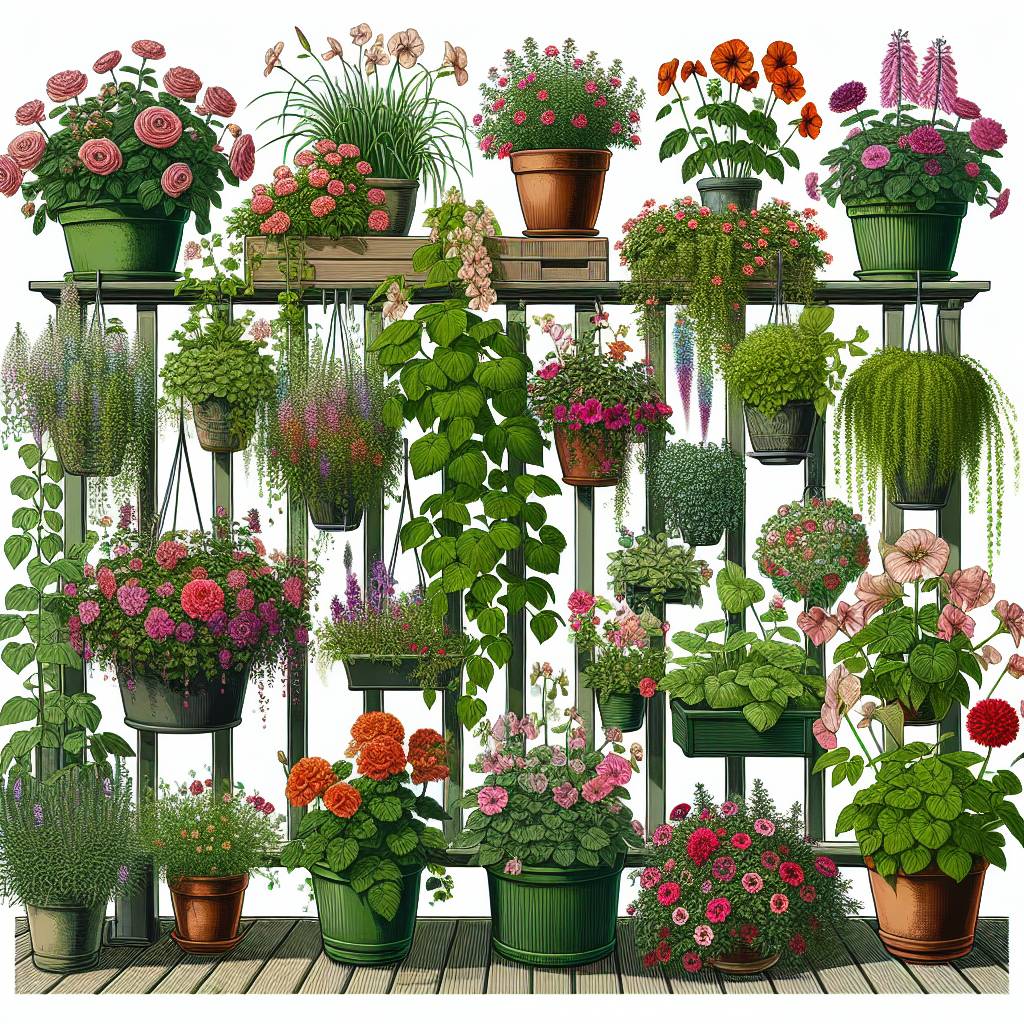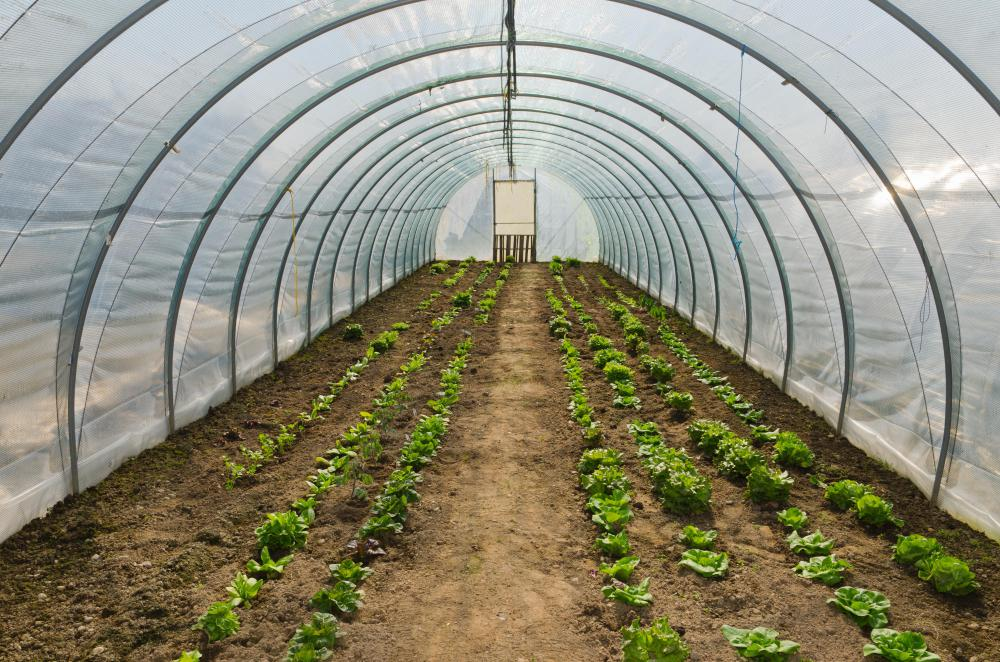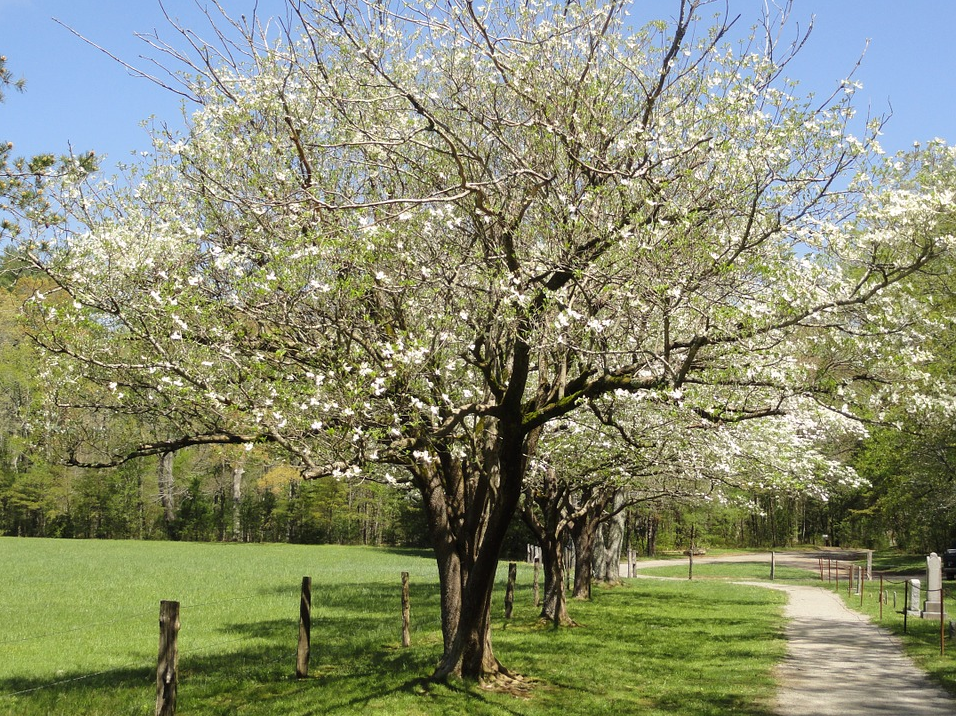Want to transform your garden into an eco-friendly oasis? Discover the top water conservation techniques for home gardens, lawns, and yard that will not only save water but also promote a sustainable environment. From drip irrigation systems and rainwater harvesting to mulching and drought-resistant plant selection, there are numerous strategies you can employ to reduce water waste without sacrificing the beauty of your outdoor space.
Looking to make a positive impact on both the environment and your wallet? Consider planting a vegetable garden and shrubs, as they require much water compared to lawns. Stay tuned as we delve into these effective techniques that will help you create a vibrant, water-wise garden while contributing to global sustainability efforts.

Key Takeaways
- Implementing water conservation techniques in home gardening can significantly reduce water usage and contribute to environmental sustainability.
- By optimizing irrigation systems, such as using drip irrigation and rainwater harvesting, gardeners can effectively reduce water waste and promote efficient water use.
- Sustainable gardening practices, including choosing drought-resistant plants and mulching, play a crucial role in conserving water and maintaining a healthy garden.
- Regular maintenance methods, like checking for leaks and adjusting watering schedules based on weather conditions, are essential for maximizing water efficiency in home gardens.
- Gardeners can enhance water conservation by designing landscapes that promote natural water retention and minimize runoff, contributing to overall water savings.
- Taking small, practical steps such as using a watering can instead of a hose and avoiding overwatering can collectively make a significant impact on water conservation efforts.
Understanding Water Conservation and Home Gardening
Importance of Water Conservation
Conserving water in home gardens is crucial for several reasons. First, it helps to preserve this precious resource for future generations. Second, reduced water usage positively impacts the environment by conserving energy and reducing pollution from water treatment facilities. Third, implementing conservation techniques can lead to significant savings on your water bill.
Water is a finite resource, and the demand for it continues to increase as populations grow. By practicing water conservation in home gardening, you contribute to ensuring that there’s enough clean water available not only for your needs but also for the ecosystem as a whole. Using less water means that less energy is required to treat and distribute it, resulting in lower greenhouse gas emissions and overall environmental impact.
Benefits of Implementing Water-Saving Techniques
Implementing water-saving techniques in your garden offers numerous benefits. It allows you to maintain a healthy garden while using less water overall. For example:
- Utilizing drip irrigation systems can deliver precise amounts of water directly to plant roots without wastage.
- Mulching around plants helps retain moisture in the soil by reducing evaporation.
- Choosing drought-resistant plants reduces the need for frequent watering.
By integrating these practices into your gardening routine, you not only help conserve valuable resources but also save money on your monthly utility bills.
Environmental Impact and Cost Savings
Reducing water usage through conservation efforts has a direct positive impact on the environment. Conserving water helps protect aquatic habitats by maintaining adequate flow levels in rivers and streams while minimizing pollution from runoff containing fertilizers or pesticides used in gardens.
Moreover, cutting back on excessive irrigation reduces strain on local infrastructure such as pipes and treatment facilities while also lowering energy consumption related to pumping and treating water supplies.
From a financial standpoint, implementing effective water conservation techniques translates into cost savings over time. By using less water at home through smart gardening practices like rain barrel collection or installing efficient irrigation systems with soil moisture sensors, homeowners can see noticeable reductions in their monthly utility bills while promoting sustainable living habits.
Effective Strategies for Reducing Water Use
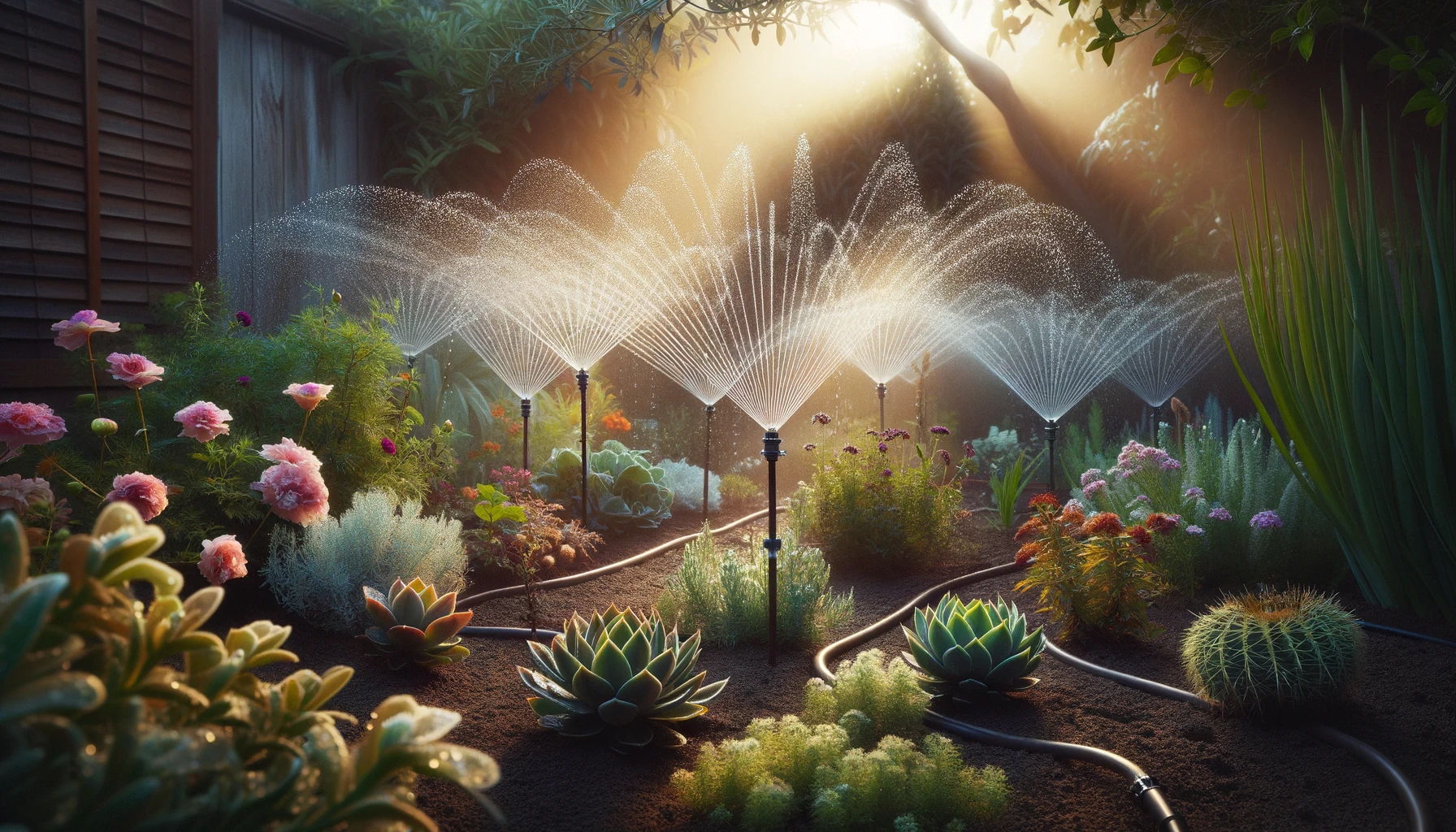
Efficient Watering Methods
Efficient watering methods play a crucial role. Drip irrigation and soaker hoses are excellent options. These methods deliver water directly to the plant roots, minimizing evaporation and runoff. By using these techniques, you can reduce water use significantly while ensuring that your plants receive adequate moisture.
Drip irrigation systems consist of tubes with small holes that allow water to drip slowly onto the soil near the plants’ base. This method helps prevent wastage by targeting specific areas rather than spraying water over a wide area. Soaker hoses work similarly, releasing water directly into the soil along their length. Both approaches promote water conservation by delivering moisture precisely where it’s needed.
Another effective approach is mulching, which involves covering the soil around plants with materials like wood chips or straw. Mulch acts as a protective barrier, reducing evaporation and helping retain moisture in the soil. By implementing these efficient watering methods, you can maintain healthy plants while minimizing overall water use in your garden.
Plant Selection and Maintenance
Selecting drought-resistant or native plants is an essential strategy for reducing water use in home gardens. These species are naturally adapted to local climate conditions and require less watering compared to non-native varieties. When choosing new additions for your garden, opt for species such as lavender, yarrow, or succulents that thrive with minimal irrigation.
Proper maintenance practices contribute to optimized plant health and reduced water use. Regularly inspecting for leaks in hoses or pipes ensures that no precious water goes to waste due to unnoticed damage or malfunctions. Furthermore, adjusting sprinklers to avoid overspray onto hardscapes can prevent unnecessary loss of water while still providing adequate hydration for your garden.
Optimizing Irrigation Systems for Savings
Evaluating and Improving Efficiency
Assessing the efficiency of your irrigation system is crucial in conserving water. By regularly checking for leaks, adjusting sprinkler heads, and ensuring proper coverage, you can significantly reduce water wastage. For instance, if you notice a leak or a malfunctioning sprinkler head, promptly addressing these issues can prevent unnecessary water loss. Consider using drip irrigation systems in areas with plants that require less watering.
Regular maintenance plays a vital role in improving the overall performance of your irrigation system. It ensures that your system operates at its best capacity while minimizing water usage. By inspecting and cleaning filters to remove debris and sediment buildup, you can maintain an optimal flow rate and pressure within the system.
Reducing Water Loss through Proper Practices
Adjusting the run time of your irrigation system based on factors such as temperature and plant requirements is essential for efficient watering. For example, during cooler periods or rainy seasons, reducing the frequency and duration of irrigation cycles helps prevent overwatering. Understanding the specific needs of different plant groups in terms of their water amount requirement allows you to customize watering schedules accordingly.
Considering local weather conditions when programming your irrigation controller is another effective practice for reducing water loss. Taking advantage of smart controllers that adjust watering schedules based on real-time weather data further optimizes irrigation systems, preventing unnecessary watering during rain or low-temperature periods.
Implementing these techniques not only promotes healthy plant growth but also contributes to significant savings in water consumption.
Smart Water Management Techniques
Sensor-Based Irrigation Systems
Sensor-based irrigation systems are smart technologies that can significantly contribute to water conservation techniques in home gardens. These systems utilize moisture sensors to detect the soil’s water content, ensuring plants receive just the right amount of water they need. By accurately measuring the moisture level in the soil, these systems prevent overwatering and underwatering, thereby conserving water resources effectively. For instance, when the soil is already moist enough, the system automatically prevents unnecessary watering, leading to a reduction in overall water consumption.
Implementing sensor-based irrigation systems not only optimizes water usage, but it also promotes healthier plant growth by providing tailored watering based on specific plant needs. This technology allows for precise control over supplemental water application and reduces wastage by avoiding unnecessary watering during rainy periods or when natural moisture levels are sufficient.
Utilizing weather data is another crucial aspect of smart water management techniques in home gardens. By integrating this information into your gardening practices, you can optimize your watering schedules according to real-time weather conditions such as rainfall forecasts and temperature changes. This proactive approach ensures that your garden receives adequate hydration without relying solely on fixed schedules or manual observation.
Weather data-driven optimization helps avoid scenarios where plants receive excess water due to unexpected rain showers after an automatic irrigation cycle has already taken place. As a result, this method minimizes excessive evaporation caused by irrigating under high temperatures and maximizes absorption during cooler periods—ultimately leading to more efficient use of available moisture.
Organic Mulching
Incorporating organic mulch into your garden beds is another effective technique for conserving water resources while promoting healthy plant growth. Applying a layer of organic matter such as straw or compost around plants acts as a protective barrier against rapid evaporation from the soil surface. The mulch helps retain soil moisture by reducing direct exposure to sunlight and wind, thus minimizing the frequency of watering required for maintaining optimal growing conditions.
Moreover, organic mulching contributes to improving soil structure over time through decomposition processes—enhancing its ability to retain moisture, promote root development, and support overall plant health. This sustainable practice not only conserves valuable water resources, but it also enriches the soil with essential nutrients as organic matter breaks down gradually.
Practical Tips for Garden Water Efficiency
Mulching Techniques
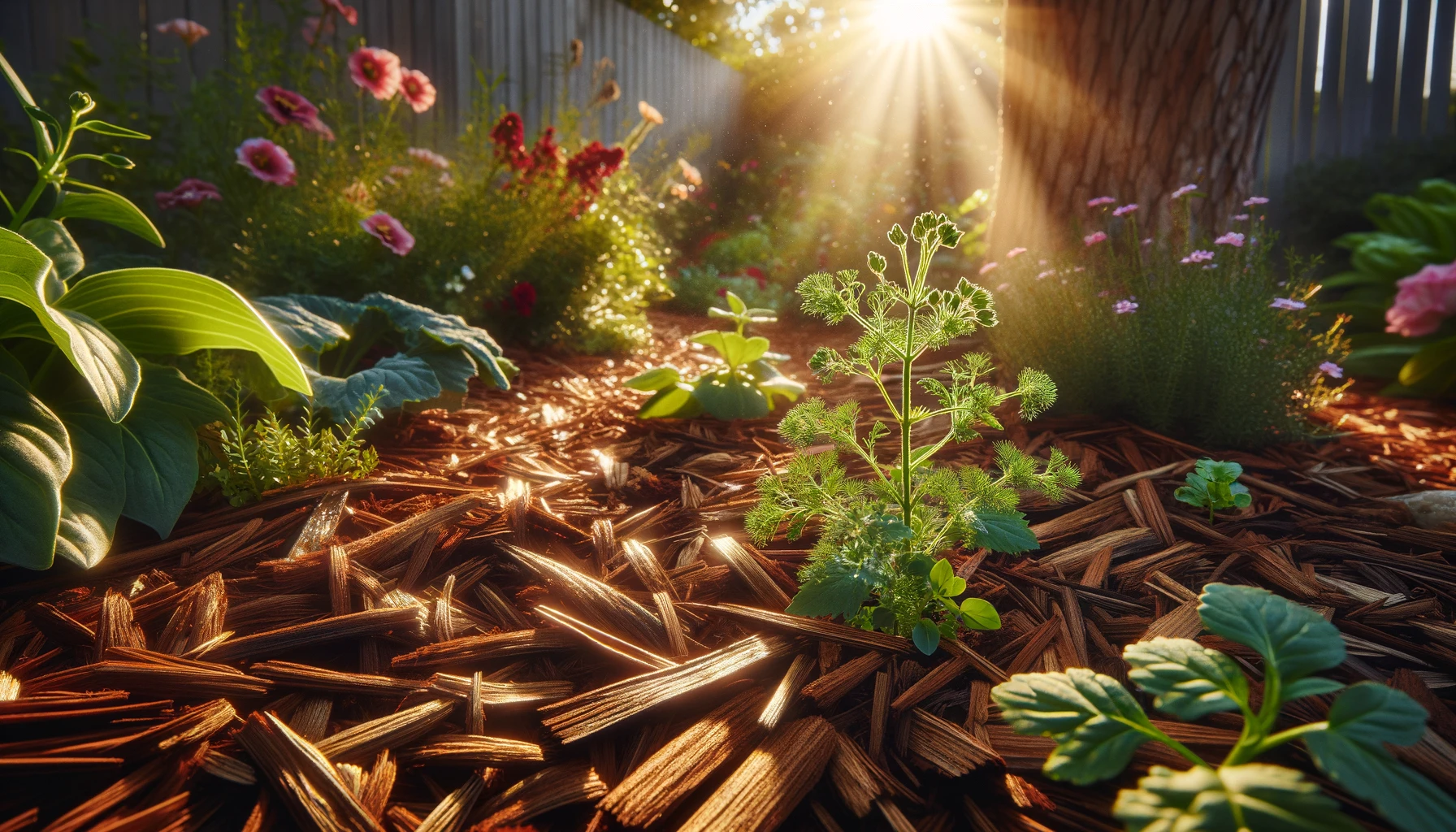
Mulching techniques are an effective way to retain moisture in the soil, reducing the need for frequent watering. By spreading a layer of mulch around your plants, you can prevent water evaporation and suppress weed growth. This helps to create a more favorable environment for plant roots to access moisture while also minimizing water loss through evaporation. Organic materials such as straw, wood chips, or compost make excellent choices for mulching because they gradually break down and enrich the soil with nutrients.
Implementing mulching techniques not only conserves water but also promotes healthier plant growth by maintaining optimal soil conditions. For instance, if you have a vegetable garden, applying mulch around your tomato plants can help keep the soil consistently moist without overwatering them.
Drought-Tolerant Plants
Choosing drought-tolerant plants is another key strategy for conserving water in home gardens. These plants are naturally adapted to arid conditions and require minimal watering once established. Succulents like cacti and agave are great examples of drought-tolerant plants that store water in their leaves or stems, enabling them to thrive with very little irrigation.
By incorporating drought-tolerant plants into your garden design, you can significantly reduce overall water consumption while still enjoying a beautiful landscape. Consider adding ornamental grasses like blue fescue or lavender cotton which not only add visual interest but also contribute to sustainable gardening practices by needing less frequent watering.
Rainwater Harvesting Methods
Utilizing rainwater harvesting methods offers an eco-friendly approach to supplementing irrigation needs in home gardens. Installing rain barrels or cisterns allows you to collect rainwater from your roof during wet weather periods and store it for later use during drier spells. This collected rainwater can then be used for watering your garden beds or potted plants when natural rainfall is scarce.
In addition to providing an alternative source of irrigation water, rainwater harvesting methods help reduce stormwater runoff and lessen the burden on municipal water supplies during dry seasons. It’s a simple yet impactful way of practicing responsible resource management right at home.
Maximizing Landscape Design for Water Conservation
Strategic Garden Layout
The layout plays a crucial role. By strategically planning your garden layout, you can maximize water efficiency. For instance, grouping plants with similar water needs together allows for more targeted watering and reduces wastage. Consider using porous materials like gravel or mulch for walkways to minimize runoff and promote water absorption.
Incorporating native plants is another essential aspect of landscape design for water conservation. Native plants are naturally adapted to local climate conditions, requiring less water compared to non-native species. By choosing indigenous flora, you can create a sustainable garden that thrives with minimal irrigation. For example, in arid regions, selecting drought-resistant succulents and cacti can significantly reduce overall water consumption while maintaining an aesthetically pleasing landscape.
Strategic Shade Areas
Strategic shade areas also contribute significantly to water conservation efforts in home gardens. By creating shaded spots within your garden, you can reduce evaporation and conserve moisture in the soil beneath. This helps retain moisture levels and minimizes the frequency of watering required for plant maintenance.
Furthermore, incorporating elements such as pergolas or trellises covered with climbing vines not only adds visual interest but also provides natural shading effects. These features aid in reducing direct sunlight exposure on the ground, thereby decreasing evaporation rates and promoting a more sustainable use of available water resources.
Sustainable Gardening Practices to Save Water
Organic Gardening Methods
Implementing organic gardening methods can significantly contribute to soil moisture retention in home gardens. By using organic mulches, such as compost or straw, you can cover the soil around plants, reducing water evaporation and promoting a healthy root system development. This helps create an environment where plants can thrive with less water.
Choosing the right plant selection, including native plants that are well-adapted to the local climate, is crucial for minimizing outdoor water use in home gardens. For instance, selecting drought-resistant vegetables like beans and squash allows for sustainable vegetable garden practices that require less watering while still yielding productive harvests.
Proper Weed Management
Practicing proper weed management is essential for preventing competition for water resources among plants in home gardens. Weeds not only compete with desirable plants for water but also inhibit their growth by stealing vital nutrients from the soil. By diligently removing weeds from your garden, you ensure that your chosen plantings have optimal access to available moisture.
In addition to manual weed removal, employing companion planting techniques can further aid in effective weed management while optimizing plant health and reducing overall water needs. For example, planting certain types of vegetables alongside each other creates natural barriers against weeds and pests while fostering a mutually beneficial relationship between the different crops.
Utilizing companion planting techniques involves placing compatible plants together based on their ability to support one another’s growth and deter harmful insects or diseases naturally. An excellent example of this practice is interplanting aromatic herbs like basil or mint among vegetable crops to repel pests without relying on chemical interventions.
Water-Saving Maintenance Methods for Gardeners
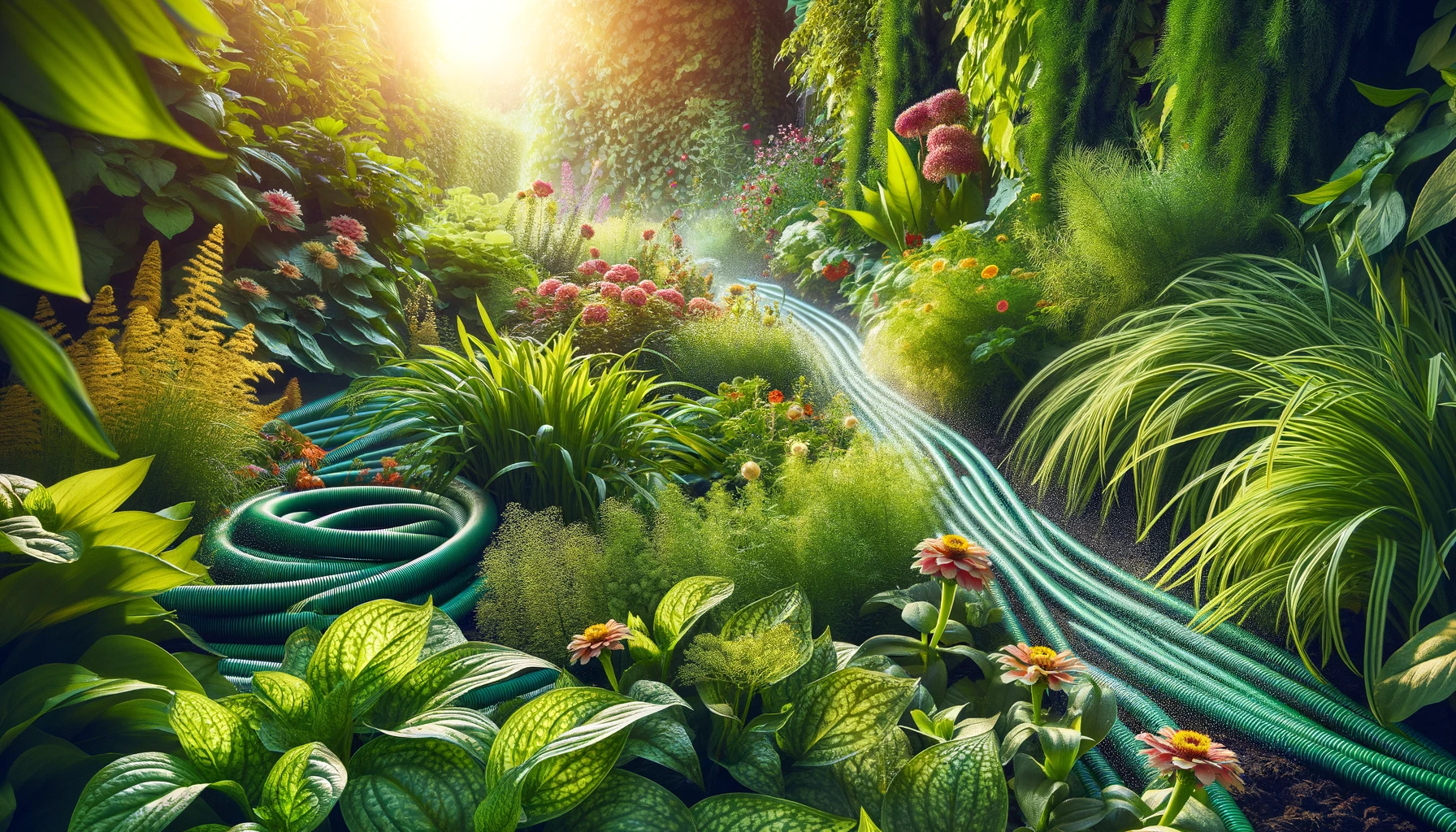
Regularly Check Irrigation Systems
Gardeners must regularly check for leaks or malfunctions in their irrigation systems. Leaks can lead to water wastage, and malfunctioning systems may distribute water unevenly. By inspecting soaker hoses, drip irrigation lines, or sprinkler heads frequently, gardeners can detect and repair any issues promptly.
Checking the irrigation system also involves ensuring that all components are functioning optimally. This includes examining timers, valves, and pressure regulators to guarantee proper operation. By addressing any problems swiftly, gardeners can prevent unnecessary water loss and maintain an efficient watering system.
Adjust Watering Schedules Based on Seasons
Gardeners should adjust their watering schedules based on seasonal weather patterns to conserve water effectively. During periods of high temperatures or drought, plants typically require more frequent watering to thrive. Conversely, when cooler weather prevails or during rainy seasons, reducing the frequency of watering is essential.
By aligning watering practices with seasonal variations in temperature and precipitation levels, gardeners avoid overwatering their gardens while ensuring that plants receive adequate moisture. For instance, adjustments may involve increasing the frequency of watering during hot summer months for lawns and shrubs while decreasing it during cooler fall seasons.
Proper Maintenance of Tools and Equipment
Proper maintenance of tools and equipment is crucial for efficient water use in home gardens. Ensuring that hoses are free from leaks or cracks prevents unnecessary water loss during irrigation activities. Additionally maintaining clean cutting edges on pruning shears helps minimize plant stress caused by jagged cuts which leads to reduced water requirements for recovery.
Implementing Efficient Watering Schedules
Customized Watering Schedule
Creating a customized watering schedule for your home garden is crucial for efficient water conservation. Different plants have varying water needs, so it’s essential to understand the specific requirements of each type. For instance, while some plants may require frequent watering, others thrive with less moisture. By tailoring your watering schedule to match the needs of individual plants, you can minimize water waste and ensure optimal growth.
Developing a customized schedule involves considering factors such as plant species, soil type, and weather conditions. For example, during hot summer months, plants may demand more frequent watering due to increased evaporation rates. On the other hand, in cooler seasons or regions with higher humidity levels, frequent watering might not be necessary as soil moisture retention is higher.
Understanding the soil moisture level is integral to establishing an effective watering routine. Testing the soil regularly enables you to gauge its dryness and determine when irrigation is needed. By doing so, you avoid overwatering which can lead to nutrient leaching and water wastage.
Reducing Evaporation Loss
To further enhance water conservation, implementing techniques that reduce evaporation loss during irrigation is vital. One method involves adjusting the timing of your watering sessions; irrigating early in the morning or late in the evening helps minimize water loss through evaporation since temperatures are lower during these times.
Utilizing mulch around plants serves as an effective barrier against evaporation by shielding the soil from direct sunlight exposure. Mulch also aids in retaining moisture within the soil for longer periods between watering sessions.
Implementing a drip irrigation system offers another way to mitigate evaporative losses by delivering water directly to plant roots without wetting foliage excessively – this reduces surface water that could otherwise evaporate quickly under sun exposure.
Closing Thoughts
You’ve now got a toolkit full of water-saving strategies to transform your home garden into an oasis of conservation. By implementing efficient irrigation systems, optimizing your landscape design, and adopting sustainable gardening practices, you can significantly reduce water usage without compromising the beauty of your garden. Remember, every drop saved counts towards a more sustainable future for our planet.
Now it’s time to roll up your sleeves and put these techniques into action. Start by evaluating your current water usage in the garden and identify areas where you can make improvements. With dedication and these practical tips, you can play a vital role in conserving water while nurturing a thriving and vibrant garden. Let’s work together to create a greener world, one garden at a time.
Frequently Asked Questions
How can I optimize my home garden to conserve water?
You can optimize your home garden for water conservation by using efficient irrigation systems, choosing drought-resistant plants, mulching the soil to retain moisture, and collecting rainwater. These strategies help minimize water usage while maintaining a healthy garden.
What are some practical tips for improving water efficiency in my home garden?
Practical tips for improving water efficiency in your home garden include watering early in the morning or late in the evening to reduce evaporation, regularly checking for leaks in hoses and irrigation systems, and grouping plants with similar watering needs together to avoid overwatering.
Are there specific landscaping techniques that can help conserve water in my home garden?
Yes, you can maximize landscape design for water conservation by incorporating principles such as xeriscaping, which focuses on using native plants and minimizing turf areas. Creating swales or berms can help capture and retain rainwater within your landscape.
How important is it to implement efficient watering schedules for my home garden?
Implementing efficient watering schedules is crucial as it ensures that your plants receive adequate moisture without unnecessary wastage. By adjusting watering frequency based on weather conditions and plant requirements, you can promote healthier growth while conserving valuable resources.
What sustainable gardening practices can I adopt to save water at home?
You can adopt sustainable gardening practices such as composting organic matter to improve soil structure and moisture retention, practicing proper plant spacing to reduce competition for resources, and utilizing drip irrigation or soaker hoses for targeted hydration without excess runoff.

